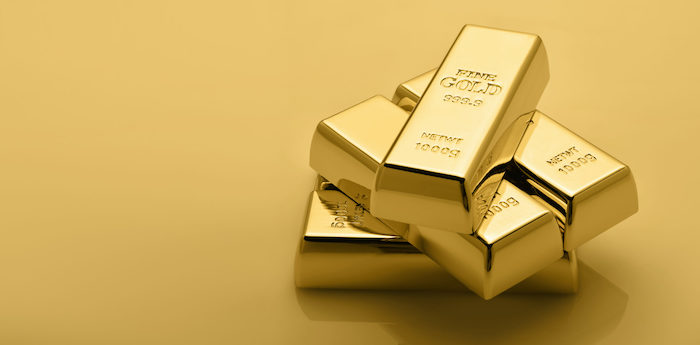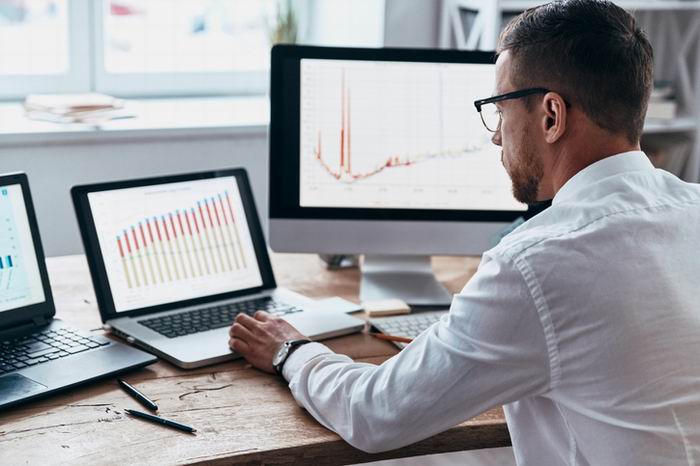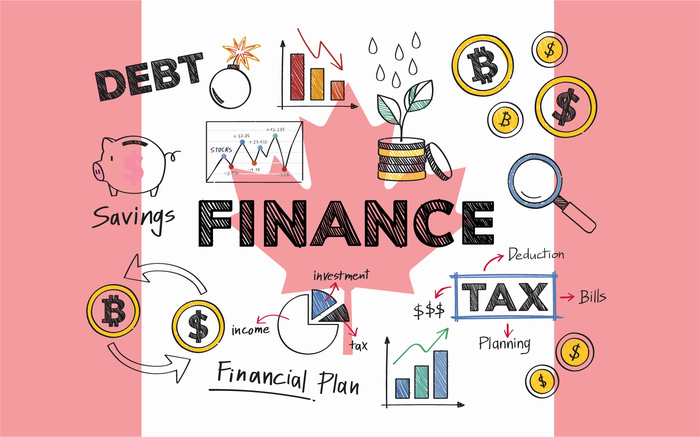Investing in gold and other precious metals is a great way to diversify your portfolio and protect your wealth. Gold and other precious metals are considered safe-haven assets, meaning they tend to hold their value even during economic uncertainty. Investing in gold and other precious metals can hedge against inflation and generate income through dividends. Gold and other precious metals can also be used as a form of currency, providing a hedge against currency devaluation. Investing in gold and other precious metals can greatly protect your wealth and secure your financial future.
Understanding the Benefits of Investing in Gold and Other Precious Metals
Investing in gold and other precious metals is a smart way to diversify your portfolio and hedge against market volatility. Gold and other precious metals have been a reliable store of value for centuries, and their prices have traditionally been less volatile than stocks and other financial instruments. Investing in gold and other precious metals can provide a hedge against inflation, currency devaluation, and economic uncertainty.
Gold is the most popular precious metal for investors, but other metals can provide a valuable addition to a portfolio. Silver, platinum, and palladium are all valuable investments that can help diversify a portfolio and hedge against market volatility.
The price of gold and other precious metals is driven by various factors, including supply and demand, inflation, currency devaluation, and economic uncertainty. Gold and other precious metals are a haven for investors during economic turmoil, as their prices tend to remain stable or even increase in value when other markets are in decline.
Gold and other precious metals are also attractive investments because they are tangible assets. Unlike stocks and bonds, gold and other precious metals are physical assets that can be held in your hand. This makes them attractive to investors who want to control their investments and protect their wealth from market volatility.
Investing in gold and other precious metals can also provide a hedge against inflation. As the value of paper currency declines, the value of gold and other precious metals tends to increase. This makes them attractive investments for those who want to protect their wealth from the effects of inflation.
Gold and other precious metals can also provide a hedge against currency devaluation. When a country’s currency weakens, the value of gold and other precious metals tends to increase. This makes them attractive investments for those who want to protect their wealth from the effects of currency devaluation.
Finally, investing in gold and other precious metals can provide a hedge against economic uncertainty. When the volatile stock market, gold and other precious metals remain stable or even increase in value. This makes them attractive investments for those who want to protect their wealth from economic uncertainty.
Investing in gold and other precious metals can be a smart way to diversify your portfolio and hedge against market volatility. Gold and other precious metals have been a reliable store of value for centuries, and their prices have traditionally been less volatile than stocks and other financial instruments. Investing in gold and other precious metals can provide a hedge against inflation, currency devaluation, and economic uncertainty.
Exploring the Potential for Diversification and Risk Management with Precious Metals
Precious metals have long been used as a form of investment, with gold and silver being used as currency for centuries. Recently, there has been an increased interest in precious metals to diversify portfolios and manage risk. Precious metals offer several advantages over other investments, including the potential for long-term capital appreciation, protection against inflation, and the ability to hedge against market volatility.
When investing in precious metals, it is important to understand the different types of metals available and their unique characteristics. Gold and silver are the two most popular precious metals, but there are also platinum, palladium, and rhodium. Each of these metals has its unique properties, which can be used to create a diversified portfolio. For example, gold is often seen as a safe-haven asset, while silver is more volatile and can be used to take advantage of short-term price movements.
In addition to diversifying across different types of metals, investors can diversify across different precious metals. Gold and silver can be bought and stored as coins, bars, or bullion. Exchange-traded funds (ETFs) and exchange-traded notes (ETNs) are also available, allowing investors to gain exposure to precious metals without storing them physically.
When investing in precious metals, it is important to understand the risks associated with the investment. Precious metals are subject to market volatility, and prices can fluctuate significantly over short periods. It is also important to consider the cost of storage and insurance and the potential for theft or loss.
Investing in precious metals can be a great way to diversify portfolios and manage risk. By understanding the different types of metals available and the associated risks, investors can create a diversified portfolio that can help to protect against market volatility and inflation.
Examining the Potential for Long-Term Growth with Precious Metals
Precious metals have been used as a form of currency and investment for centuries, and today they remain a viable option for long-term growth. Precious metals are unique because they are tangible assets, meaning they can be physically traded. This makes them a secure investment option, as they are not subject to the same market fluctuations as stocks and other investments.
Precious metals are also highly sought after, making them a good option for long-term growth. The demand for precious metals is unlikely to decrease, and their value will likely increase. This makes them a good option for diversifying their portfolio and increasing their long-term returns.
Precious metals are also relatively low-risk investments. They are not subject to the same volatility as stocks and other investments and are unaffected by economic downturns. This makes them a good option for those looking to minimize their risk while still making a profit.
Finally, precious metals are a good option for those looking to diversify their portfolio. Precious metals can be used to hedge against other investments and provide a hedge against inflation. This makes them a good option for those looking to protect their wealth over the long term.
Investing in precious metals can be a good option for those looking to increase their long-term returns. They are tangible assets, meaning they can be held and traded physically, and they are relatively low-risk investments. Additionally, they can be used to hedge against other investments and provide a hedge against inflation. For these reasons, precious metals can be a good option for diversifying their portfolio and increasing their long-term returns.
Discovering the Benefits of Precious Metals as a Hedge Against Inflation
Precious metals have long been recognized as a reliable hedge against inflation. Inflation is a natural economic phenomenon that occurs when the value of money decreases over time. As the cost of goods and services rises, a given currency’s purchasing power diminishes. This can have a devastating effect on individuals and businesses alike, as it can erode savings and reduce the value of investments.
Fortunately, precious metals can provide a measure of protection against inflation. Precious metals are rare, durable, and have a relatively stable value. This makes them a great choice for hedging against inflation.
One of the primary benefits of investing in precious metals is that they are a tangible asset. Unlike stocks and bonds, which are intangible, precious metals are physical assets that can be held in your hand. This makes them easier to store and transport, and it also gives you the assurance that your investment is real and tangible.
Precious metals are also an excellent hedge against inflation because they are not subject to the same volatility as other investments. The value of precious metals tends to remain relatively stable over time, even when the value of other investments fluctuates. This means that you can count on your investment to retain its value, even if the value of other investments drops.
Finally, precious metals are a great way to diversify your portfolio. By investing in a variety of different precious metals, you can ensure that your portfolio is well-balanced and that you are not overly exposed to any one particular asset. This can help to protect you from market fluctuations and ensure that your investments remain profitable.
Overall, investing in precious metals is a great way to protect yourself from the effects of inflation. By investing in a variety of different precious metals, you can ensure that your portfolio is well-balanced and that you are not overly exposed to any one particular asset. This can help to protect you from market fluctuations and ensure that your investments remain profitable.
Uncovering the Benefits of Precious Metals for Tax Planning and Asset Protection
Precious metals have long been a part of the investment landscape and for good reason. Not only are they a hedge against inflation, but they can also be used for tax planning and asset protection. With the right strategy, investors can take advantage of the unique benefits that precious metals offer to maximize their financial security.
Tax planning is an important part of any investment strategy, and precious metals can be used to great effect. By investing in gold, silver, and other precious metals, investors can benefit from the tax advantages that come with these investments. For example, capital gains taxes are often lower on precious metals than on other investments, making them an attractive option for those looking to minimize their tax burden.
In addition to tax advantages, precious metals can also be used to protect assets. By investing in gold and silver, investors can diversify their portfolios and protect their wealth from market volatility. Precious metals are also a hedge against inflation, as their value tends to increase when the value of other investments decreases. This makes them a great option for those looking to protect their wealth over the long term.
Finally, precious metals can be used to create a secure retirement plan. By investing in gold and silver, investors can create a retirement portfolio that is protected from market volatility and inflation. This allows them to enjoy the benefits of their investments without worrying about the potential risks of other investments.
Overall, precious metals offer a unique set of benefits for those looking to maximize their financial security. From tax advantages to asset protection, they can be used to great effect in any investment strategy. With the right strategy, investors can take advantage of the unique benefits that precious metals offer to maximize their financial security.
FAQs
Q: What are the benefits of investing in gold and other precious metals?
A: The benefits of investing in gold and other precious metals include portfolio diversification, inflation hedging, and a safe-haven investment during times of economic uncertainty. These assets have a long history of retaining their value and can help protect against currency devaluation and market volatility.
Q: How does investing in gold and other precious metals diversify a portfolio?
A: Investing in gold and other precious metals can diversify a portfolio by providing a non-correlated asset class that moves independently of stocks, bonds, and other traditional investments. This can help reduce overall portfolio risk and volatility, as precious metals tend to perform well during economic downturns when other assets may decline in value.
Q: How do gold and other precious metals act as a hedge against inflation?
A: Gold and other precious metals act as a hedge against inflation because their value tends to rise as the purchasing power of fiat currencies declines. Inflation erodes the value of paper currency, but precious metals maintain their intrinsic value over time. As a result, investing in gold and other precious metals can help protect against the erosion of wealth caused by inflation.
Q: What makes gold and other precious metals a safe-haven investment during times of economic uncertainty?
A: Gold and other precious metals are considered safe-haven investments during times of economic uncertainty because they have a long history of retaining their value even in times of market volatility and geopolitical instability. Investors often flock to these assets during times of crisis as a store of value and a hedge against economic uncertainty.
Q: What are the risks associated with investing in gold and other precious metals?
A: The risks associated with investing in gold and other precious metals include market volatility, liquidity risk, and storage costs. The value of these assets can be subject to sudden and significant fluctuations, and they may be difficult to sell quickly in times of market stress. Additionally, storing physical assets like gold and silver can be costly and may require specialized facilities or security measures.




